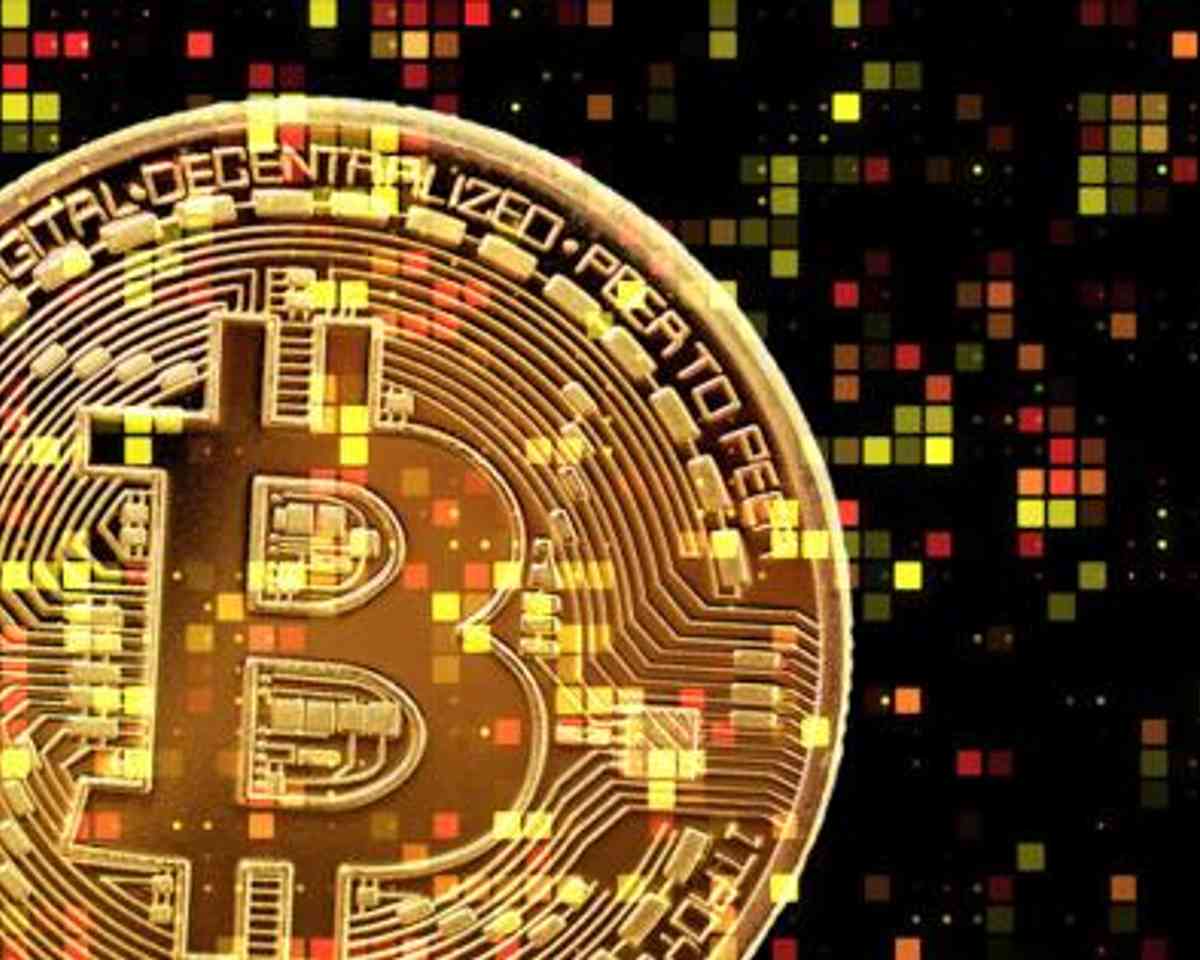As we know, the smallest denomination of BTC is satoshi, as one BTC is equal to 100,000,0000 sats. The Bitcoin Ordinals Protocol allows users to send and receive sats, carrying extra data such as text, jpegs, audio or video.
What makes Ordinals so popular is their ability to provide extra security and decentralization for Bitcoin transactions. This way, users can store their assets much more securely.
How do Bitcoin Ordinals work?
Bitcoin Ordinals run on the Bitcoin network, and when you create an Ordinal it is being stored on a decentralized blockchain, just as your Bitcoins are being stored.
However, Ordinals are NFTs and indivisible, and can’t be split or exchanged. They also have their own protocol, generating a unique address for each asset created on the blockchain. This address resembles a seed phrase, allowing to create a node, which is connected to the Bitcoin network.
After the address is created, users are able to transfer the ownership of the asset, using private keys.
Bitcoin Ordinals advantages and disadvantages
Advantages
Bitcoin Ordinals look appealing for many crypto investors, and there are some reasons for that.
First, they make the creation of NFTs on the Bitcoin blockchain possible. Users can easily track and transfer ownership of their NFTs. They can also transfer their ownership securely.
Furthermore, Bitcoin Ordinals provide security for transactions on the Bitcoin network. As each satoshi is being inscribed, it is way more difficult for hackers to steal funds.
Another great advantage of the Ordinals is that they’ve caused a huge spike in BTC transactions.
Disadvantages
One of the biggest drawbacks of the ordinals is that their creation can be quite expensive due to high transaction fees.
Moreover, the technology behind Bitcoin Ordinals is relatively new, and there is a lack of scalability and liquidity. As there isn’t a large user base, it is different for users to trade their Bitcoin Ordinals fast.
Another disadvantage is that there are still some privacy concerns, as Bitcoin Ordinals are visible on the public blockchain and anyone is able to track them.
Main difference between Bitcoin Ordinals and NFTs
Both Bitcoin Ordinals and NFTs are digital assets, but there are some differences between them. While NFTs live on the blockchain, Bitcoin Ordinals work on a satoshi.
Unlike NFTs, Bitcoin Ordinals don’t have a referenceable metadata to describe them.
Furthermore, NFTs represent ownership of some kind of digital art or any other digital asset, while Bitcoin Ordinals are like digital artifacts that don't represent ownership of anything.
What to know before investing in Bitcoin Ordinals?
As with any other digital assets, investors must be aware of all the risks, before investing in Bitcoin Ordinals. While they promise some great potential results, there is also a risk involved. You must be aware of:
All the technical aspects;
The implications of Ordinals;
Although the extra layer of security is one of the biggest advantages of the Ordinals, some people argue they provide additional security, and others have worries they could increase Bitcoin centralization.
As with anything else, investors should do proper research before investing in Bitcoin Ordinals, and be aware of all the risks and rewards. Keep in mind that any new developments and changes made to the Ordinals can affect their value over time.
Conclusion
Bitcoin Ordinals really have the potential to change the way we trade and use digital assets. They offer more security and scalability. Of course, there are also some risks involved, so investors must be aware.
As we always like to say, do good research before investing, and never invest more than you are willing to lose.
